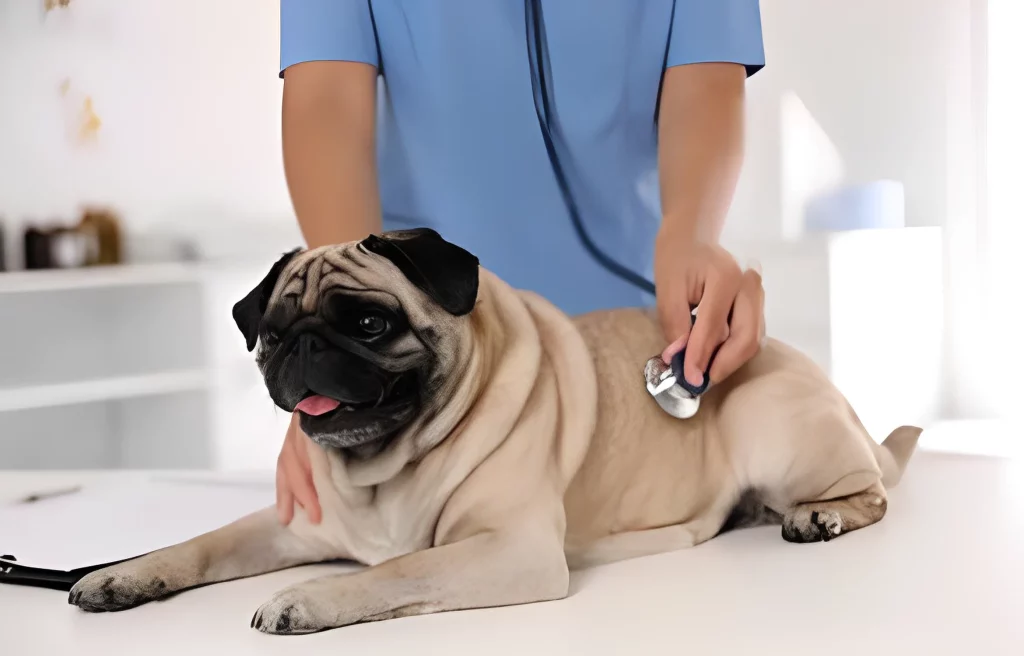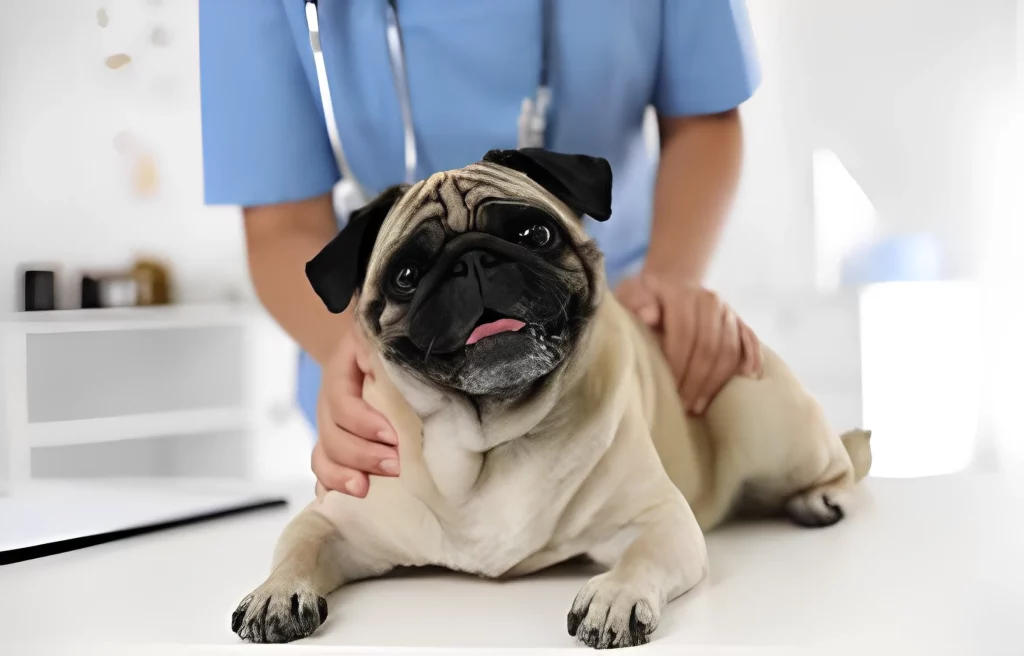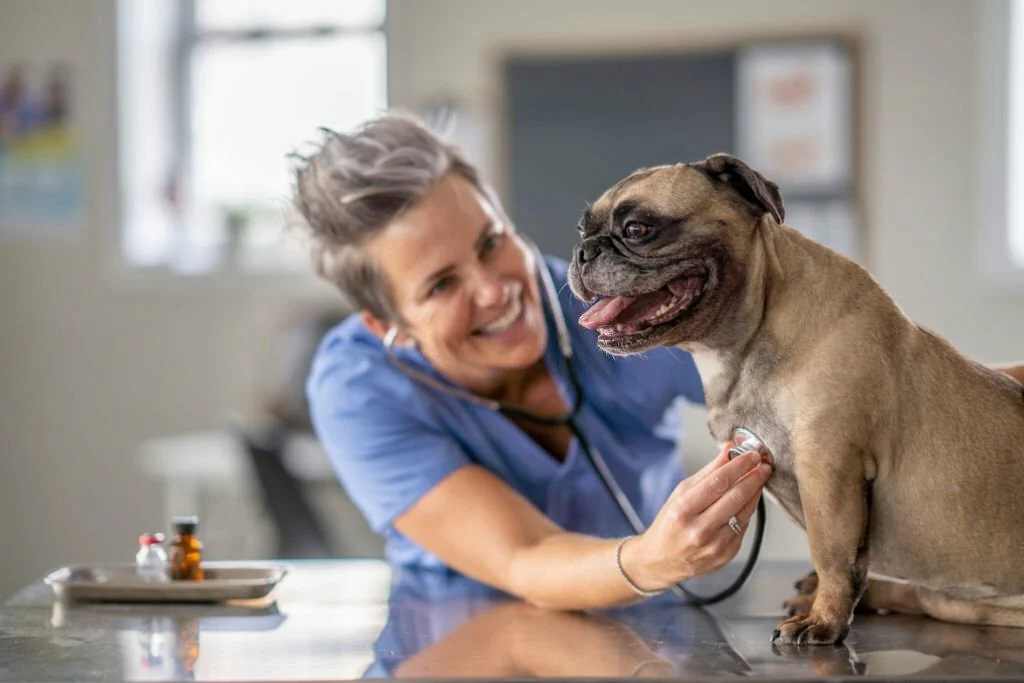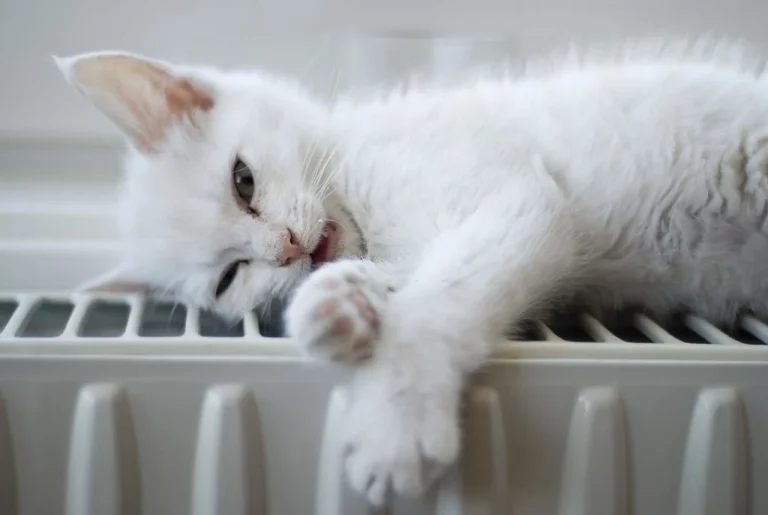15 Pug Dying Symptoms & How to Care For Dying Pug

Table of Contents
Discover the crucial insights into recognizing and addressing Pug Dying Symptoms.
Facing the possibility of your beloved pug reaching the end of its life is undoubtedly a difficult and emotional experience. As a caring owner, it’s essential to recognize the signs that your pug may be nearing the end of its journey. Understanding these symptoms and knowing how to provide compassionate care during this challenging time is crucial. In this article, we’ll explore the 13 pug dying symptoms and offer guidance on how to care for your dying pug.
What are the signs that my pug is dying?
Recognizing the signs that your pug is reaching the end of its life can help you make informed decisions about their care. Here are the indicators to watch for:
An amazing post to read about American shorthair black

Loss of appetite
A significant decrease in appetite is often one of the first signs that a pug is unwell. If your pug refuses to eat or shows little interest in food, it may be a sign that their body is shutting down.
Weight loss
Weight loss is closely linked to a decline in appetite. If your pug is losing weight rapidly, it could be indicative of various underlying health issues, and it’s crucial to seek professional advice.
Lethargy
An overall lack of energy and enthusiasm, coupled with increased periods of sleep, may suggest that your pug is experiencing fatigue associated with advanced age or illness.
Weakness
Physical weakness can manifest as difficulty standing, walking, or even holding up their head. This may indicate a decline in muscle strength and overall health.
Difficulty breathing
Respiratory distress is common in aging or ill pugs. Labored breathing, wheezing, or coughing could be signs that your pug is struggling, and immediate veterinary attention is necessary.

Coughing
Persistent coughing may indicate respiratory or cardiac issues. It’s crucial to differentiate between a harmless cough and one that signals a more serious problem.
Vomiting
Frequent vomiting can lead to dehydration and further complications. Understanding the underlying cause is essential for effective care.
Diarrhea
Changes in bowel habits, including diarrhea, may suggest digestive issues or organ dysfunction. Monitoring your pug’s bathroom habits is crucial during this time.
Incontinence
Loss of bladder control is not uncommon in aging or ailing pugs. Providing appropriate support and accommodations can enhance their comfort.

Confusion
Aging or ill pugs may experience confusion or disorientation. This can be distressing for both the pug and the owner.
Pain
Pain can manifest in various ways, from subtle signs like restlessness to more overt indicators like whining or yelping. Identifying and managing pain is crucial for your pug’s well-being.
Depression
A noticeable change in behavior, such as withdrawal or disinterest in surroundings, may indicate emotional distress or depression.
Changes in behavior
Sudden or significant changes in behavior, including aggression, agitation, or clinginess, may be signs that your pug is struggling with its health.
Changes in Urine Color or Odor
Monitoring your pug’s urine can provide insights into their health. Unusual color, strong odor, or changes in frequency may indicate kidney or urinary tract issues. If you observe abnormalities, consult with your veterinarian promptly.
Seizures
Seizures can be distressing for both you and your pug. If your pug experiences seizures, characterized by uncontrolled movements or convulsions, seek immediate veterinary attention. Seizures may be a sign of underlying neurological problems that require professional evaluation and care.

How can I tell if my pug is in pain?
Identifying pain in your pug is challenging but essential for ensuring their comfort. Watch for signs such as:
- Changes in appetite or eating habits.
- Unexplained aggression or irritability.
- Whimpering, yelping, or vocalizing in discomfort.
- Reluctance to move or exercise.
- Changes in grooming habits.
What are the different stages of the pug dying process?
Understanding the stages of the dying process can help you anticipate your pug’s needs and provide appropriate care:
- Early Decline: Gradual loss of energy and enthusiasm.
- Intermediate Decline: Increased weakness, changes in appetite, and possible cognitive decline.
- Advanced Decline: Pronounced physical decline, potential organ failure, and increased difficulty with daily activities.
- End-of-Life: Severe weakness, minimal responsiveness, and imminent passing.
How can I care for my dying pug?
Caring for a dying pug requires compassion, attentiveness, and a commitment to their well-being. Here are essential steps to consider:

- Provide a Comfortable Resting Space:
- Create a cozy, secure environment with soft bedding.
- Ensure the area is quiet, minimizing excessive noise or activity.
- Ensure Access to Fresh Food and Water:
- Offer easily digestible, palatable food.
- Ensure a constant supply of fresh water.
- Adjust the diet based on specific recommendations from your veterinarian.
- Monitor and Manage Pain:
- Work closely with your vet to effectively manage pain.
- Administer prescribed medications as directed.
- Seek guidance on adjusting the dosage if necessary.
- Assist with Grooming and Bathing:
- Maintain hygiene for your pug’s comfort.
- Gently assist with grooming and bathing to keep them clean and free from discomfort.
- Spend Quality Time and Provide Emotional Support:
- Spend dedicated time with your pug.
- Offer gentle affection and reassurance.
- Your presence during this challenging time can provide immense comfort.
In conclusion, navigating the process of caring for a dying pug is emotionally challenging, but it’s a testament to the love and bond you share. By recognizing the symptoms, understanding the stages, and providing thoughtful Pet Care, you can ensure your pug’s final days are as comfortable and dignified as possible.
FAQs
What is the leading cause of death in pugs?
The leading cause of death in pugs is often attributed to age-related issues, including organ failure or complications arising from specific health conditions. Regular veterinary check-ups can aid in early detection and management.
Do pugs get sick easily?
Pugs, like other breeds, can be prone to certain health issues. Their unique anatomy, such as brachycephalic features, may contribute to respiratory and ocular concerns. However, a well-maintained diet, regular exercise, and proper veterinary care can help prevent and manage potential illnesses.
What is the number 1 killer in dogs?
The number one killer in dogs varies, but common causes include age-related conditions, cancer, and organ failure. Regular veterinary visits, a balanced diet, and preventive care can significantly contribute to a dog’s overall health and longevity.
What is the common pug sickness?
Pugs may be susceptible to various health issues, with respiratory problems, skin conditions, and joint concerns being common. Regular veterinary consultations and attentive care can help address and manage these issues effectively.
Why do pugs get in pain?
Pugs may experience pain due to various reasons, including arthritis, injuries, dental problems, or underlying health issues. Identifying the cause through veterinary examination allows for appropriate pain management strategies, ensuring your pug’s well-being.


